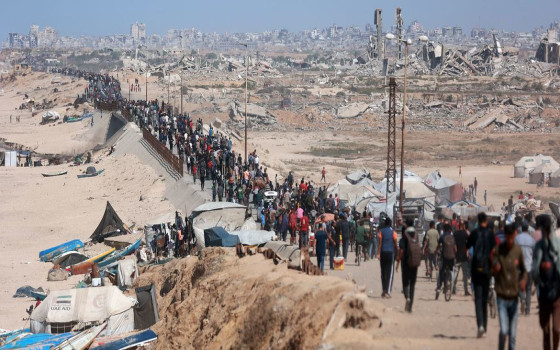
Armed conflicts drive millions into hunger, disease, and displacement, and also destroy ecosystems.

- Europe and Arabs
- Friday , 7 November 2025 7:46 AM GMT
New York: Europe and the Arabs
The Executive Director of the United Nations Environment Programme (UNEP) stated that armed conflicts lead to the "pollution, depletion, and destruction" of vital ecosystems, adding that this environmental damage has long-term consequences that continue to "push people into hunger, disease, and displacement—further exacerbating insecurity."
This came in her statement to the UN Security Council on Thursday during its meeting on the environmental impacts of armed conflict. Ms. Inger Andersen emphasized that preventing environmental damage during conflicts is crucial, noting that recovery can "take decades," according to the UN Daily News. She pointed to the destruction of crops during the Gaza war, as well as the pollution of freshwater and marine ecosystems with sewage and other contaminants. She also addressed the damage inflicted on water infrastructure, both accidental and deliberate, as seen in Libya, Syria, and Yemen.
The Executive Director stated that people fleeing violence have also been forced to seek refuge in environmentally fragile areas, leading to deforestation for fuel and shelter, which in turn has accelerated desertification and soil erosion.
Andersen emphasized that climate change exacerbates tensions and could provide an additional driver of conflict, alongside other challenges such as competition for resources and ethnic or religious disputes. She added that there is also growing evidence that drought and rising temperatures increase the risk of various forms of conflict.
Supporting Affected Communities
The Executive Director of the UN Environment Programme stressed the need to support countries and communities affected by conflict with tools to protect natural resources and the environment. She called for prioritizing the rebuilding of national capacities in environmental management, as local and national governance institutions are often weakened during conflict.
She emphasized the need to facilitate and enable collaboration among sectors and stakeholders. She noted the expansion of the integration of climate and environmental security advisors into UN peace operations through the establishment of the Climate Security Mechanism—a joint UN effort addressing the links between climate, peace, and security.
Andersen also stressed the need for increased investment in climate change adaptation in conflict-affected countries. She pointed to the enormous adaptation gap, as highlighted in the latest UN Environment Programme report, where these countries “received only $2 per capita in climate finance, compared to $162 per capita in more stable countries.”
She concluded, “As we head to the UN Climate Change Conference (COP30) in Belém, Brazil, we must raise our ambitions for both adaptation and mitigation. Every fraction of a degree averted (in temperature rise) means fewer losses for people and ecosystems—and greater opportunities for peace and prosperity.”
Establishing a Legal Framework
For his part, Professor Charles Gallo, a member of the International Law Commission, emphasized the need for a coherent legal framework to promote international cooperation and address the environmental damage caused by conflict. He said the challenge lies in the fact that much of the current international legal framework “resembles a patchwork of norms, rather than a coherent legal structure.”
He said that while it is important for current international law to provide some protection for the environment in the context of armed conflict, “effective environmental protection remains elusive” despite significant efforts to strengthen the international legal framework in this area.
Jallow said the Council could encourage states to incorporate the ICRC Guidelines and the ILC Principles—which provide detailed guidance on how to better protect the environment in the context of armed conflict—into their national legislation, including in military manuals and instructions to armed forces and personnel.
He stressed the need to prohibit serious environmental damage, particularly that which may contribute to war crimes and crimes against humanity, under both international and national law, and the need for a new legal instrument to provide greater environmental protection.
He also recommended that the Security Council consider establishing a mechanism to monitor environmental damage in armed conflicts, both international and non-international, which could also address compensation claims. It should be noted that the International Law Commission is a United Nations body of legal experts established by the General Assembly, responsible for the codification and progressive development of international law.
The Environmental and Security Crisis in Haiti
The Council also heard a briefing from Ms. Maranta Dinnat of World Relief, who highlighted the profound environmental crisis in Haiti and its impact on the country's security situation.
Ms. Dinnat stated that the environmental and security crisis in Haiti "spares no one, [as] it undermines the dignity, integrity, and cohesion of the entire society." She added that the country's population is facing a vicious cycle in which insecurity drives displacement, displacement exposes people to new climate risks, "and climate shocks, in turn, exacerbate social tensions and competition for scarce resources."
She emphasized that without a comprehensive response, "we risk not only the destruction of lives, but also the complete disintegration of Haiti's social and urban fabric." Dinnatt stressed the need for the international community to recognize that the environmental crisis in Haiti "is at its core a humanitarian and security crisis as well," adding that it is urgent to strengthen the links between humanitarian action, climate change adaptation and peacebuilding.
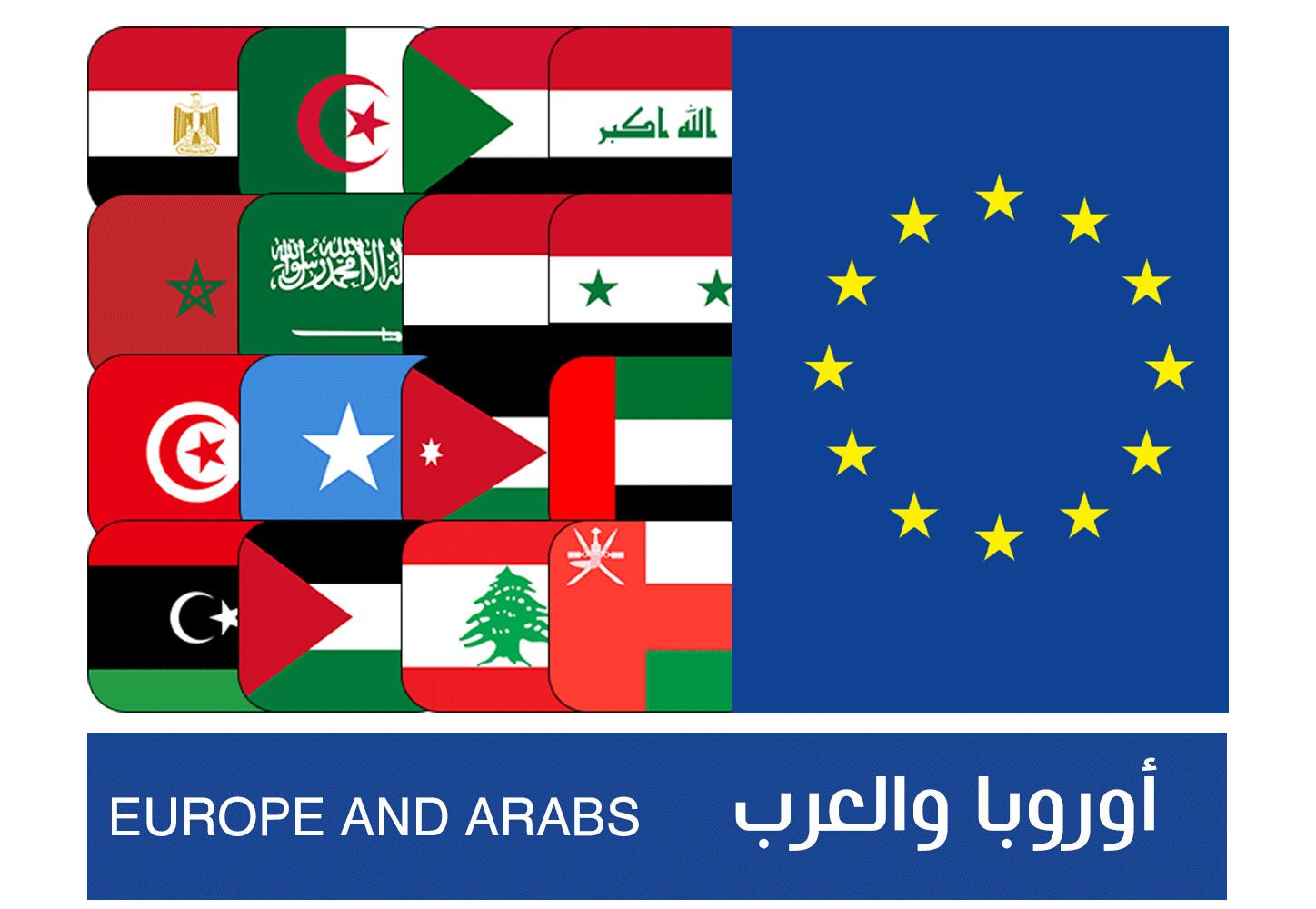

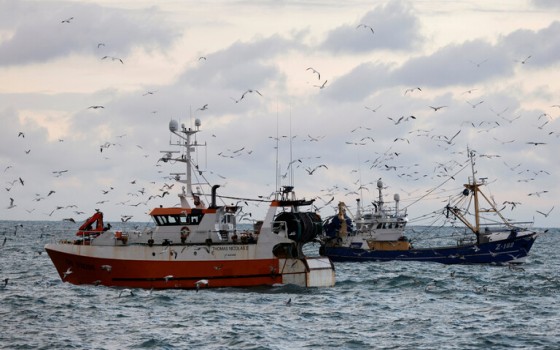


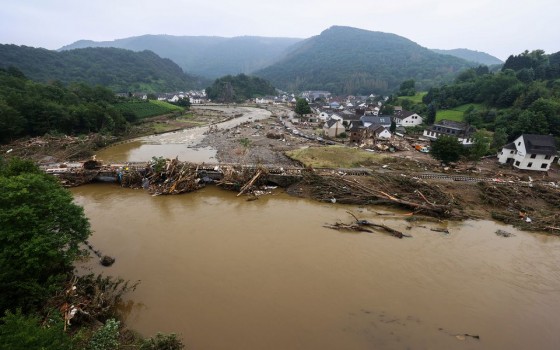


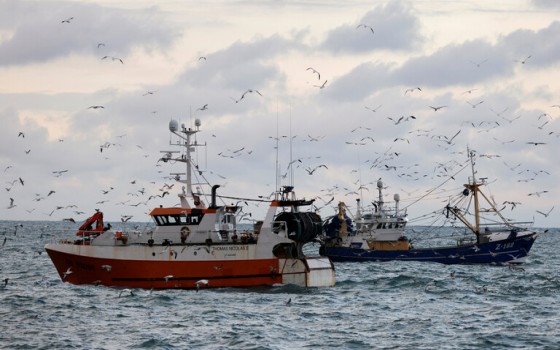



No Comments Found